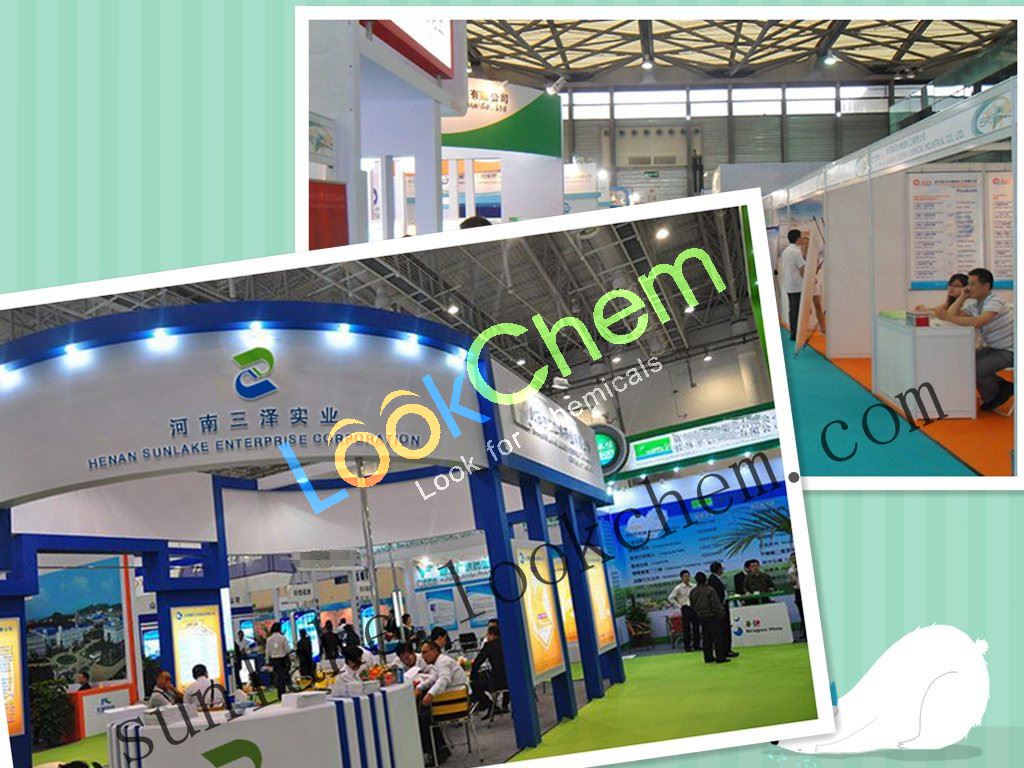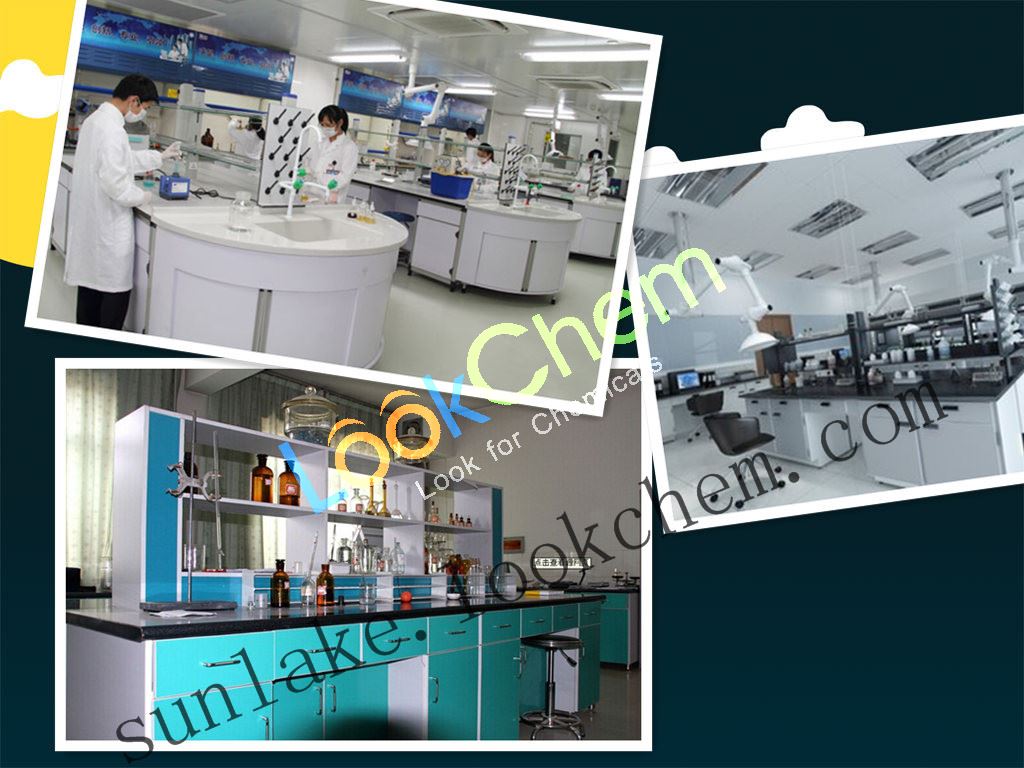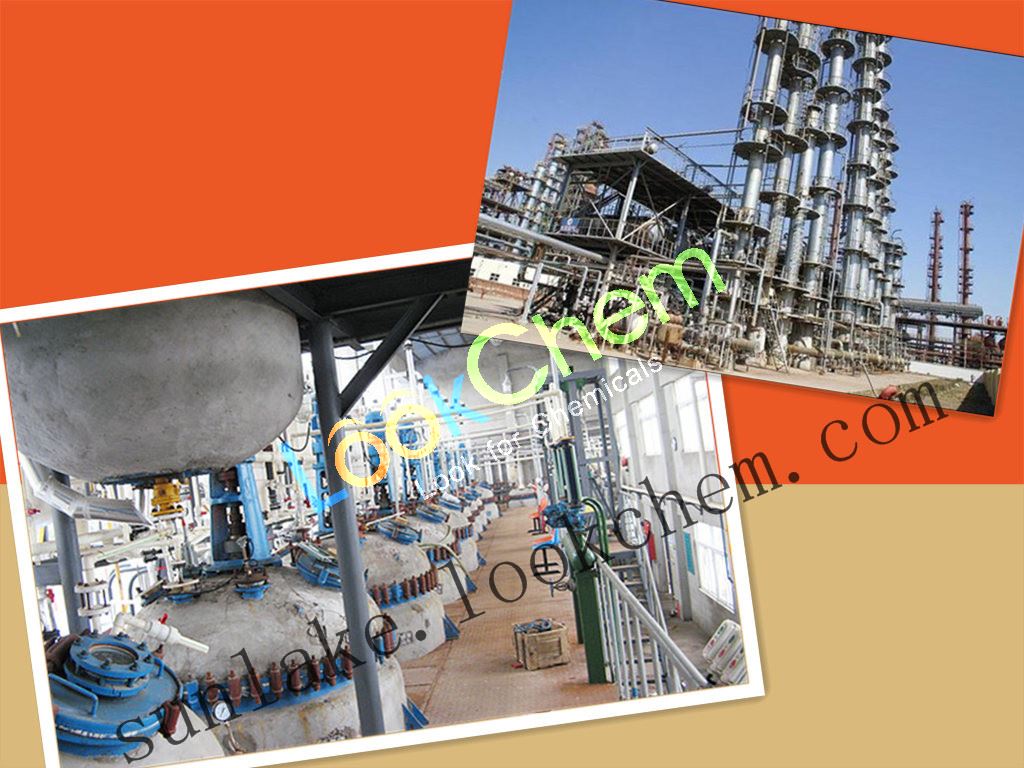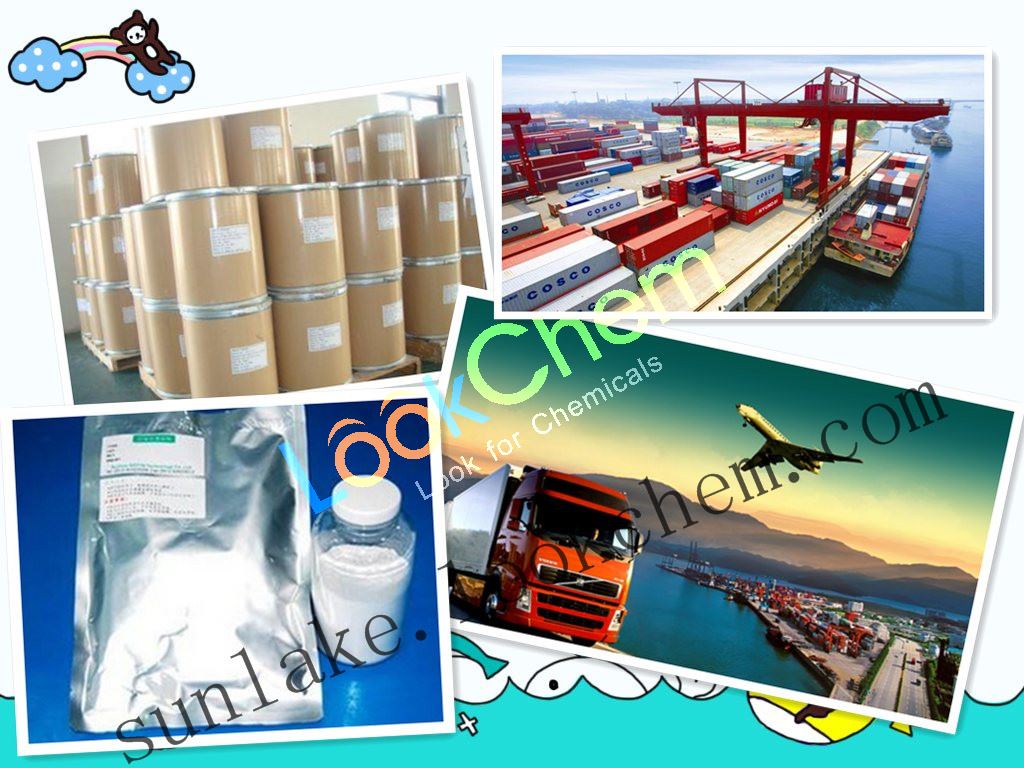- Min.Order :100 Kilogram
- Purity: 99%
- Payment Terms : L/C,D/A,D/P,T/T,Other
Keywords
RARECHEM AH PB 0251 98-86-2 C8H8O
Quick Details
- Appearance:powder
- Application:98-86-2
- PackAge:Depended
- ProductionCapacity:300|Kilogram|Month
- Storage:Refrigerator
- Transportation:by air or by sea
Superiority:
| Acetophenone Basic information |
| Product Name: | Acetophenone |
| Synonyms: | PHENYL METHYL KETONE;1-Phenyl-1-ethanone;1-phenyl-ethanon;1-Phenylethanone (acetophenone);1-phenylethanone[qr];Acetofenon;Acetophenon;acetophenon[qr] |
| CAS: | 98-86-2 |
| MF: | C8H8O |
| MW: | 120.15 |
| EINECS: | 202-708-7 |
| Product Categories: | Pharmaceutical Intermediates;ACETYLGROUP;Organics;Functional Materials;Photopolymerization Initiators;ketone Flavor;AA to AL;A-BAlphabetic;Volatiles/ Semivolatiles;A;Alpha Sort;Alphabetic;Pharmaceutical Interm |
| Mol File: | 98-86-2.mol |
|
|
|
| Acetophenone Chemical Properties |
| mp | 19-20 °C(lit.) |
| bp | 202 °C(lit.) |
| density | 1.03 g/mL at 25 °C(lit.) |
| vapor density | 4.1 (vs air) |
| vapor pressure | 0.45 mm Hg ( 25 °C) |
| FEMA | 2009 |
| refractive index |
n |
| Fp | 180 °F |
| storage temp. | 2-8°C |
| Water Solubility | 5.5 g/L (20 ºC) |
| Merck | 14,73 |
| Stability: | Stable. Incompatible with strong oxidizing agents, strong bases, strong reducing agents. Combustible. |
| CAS DataBase Reference | 98-86-2(CAS DataBase Reference) |
| NIST Chemistry Reference | Acetophenone(98-86-2) |
| EPA Substance Registry System | Ethanone, 1-phenyl-(98-86-2) |
| Safety Information |
| Hazard Codes | Xn,T,F |
| Risk Statements | 22-36-63-43-36/37/38-23/24/25-45-39/23/24/25-11-67-40 |
| Safety Statements | 26-36/37-24/25-23-53-45-16-7 |
| RIDADR | UN 1593 6.1/PG 3 |
| WGK Germany | 1 |
| RTECS | AM5250000 |
| F | 8 |
| HS Code | 29143900 |
| Hazardous Substances Data | 98-86-2(Hazardous Substances Data) |
| MSDS Information |
| Provider | Language |
|---|---|
| 1-Phenylethanone | English |
| ACROS | English |
| SigmaAldrich | English |
| Acetophenone Usage And Synthesis |
| General description | Acetophenone is also known as acetyl benzene with the boiling point (℃) being 202.3, relative density (water = 1) being 1.03 (20 ℃) and the relative vapor density (air = 1) being 4.14. It is the simplest aromatic ketones with its aromatic core (benzene ring) being directly connected with a carbonyl group. It is presented in some kinds of essential oils of some plants in its free-state form. It is pure colorless crystals. Most commercially available product appears as pale yellow oily liquid with hawthorn like aroma. It is only slightly soluble in water and is easily soluble in many organic solvents and can be evaporated together with the steam. The molecular structure of acetophenone: methyl C atom is bonded through sp3 hybrid orbital while the benzene ring and the carbonyl C atom are bonded through sp2 hybrid orbital. Addition reaction and [alpha] active hydrogen reaction can occur for the carbonyl group of acetophenone. It can also have electrophilic substitution reaction in its benzene ring with the major product generated being in the meta-position. Acetophenone can be produced from the reaction between benzene with acetyl chloride, acetic anhydride or acetate under the catalysis of aluminum trichloride. Furthermore, when ethylbenzene is catalyzed and oxidized into styrene, it can also generate acetophenone as by-product. Acetophenone is mainly used as the raw materials for pharmaceuticals and other kind of organic synthesis. It can also used for the preparation of spices, soap and cigarettes as well as being used as the solvents of cellulose ether, cellulose ester and resin and plasticizer. It has hypnotic effect. Currently, acetophenone is mostly obtained via the by-product of reaction between phenol and acetone via cumene oxidation. It may be obtained through the acetylation on benzene through acetyl chloride. |
| Preparation of acetophenone |
Instruments and medicines Drugs: acetic anhydride, benzene, magnesium sulfate, sodium hydroxide, aluminum chloride, hydrochloride; Instrument: dropping funnel, round bottom flask, condenser pipe, distillation device, drying pipe, and stirring apparatus. [Processing Steps] To a 100 mL three-necked flask equipped with 10 ml pressure-equalizing dropping funnel, a mechanical stirrer and a reflux condenser (the upper termini is connected with a hydrogen chloride gas absorption device via a calcium chloride drying tube), add rapidly of 13 g (0.097mol) of anhydrous powdered aluminum trichloride and 16 ml (about 14g, 0.18mol) of anhydrous benzene. Under stirring, add 4 mL (about 4.3g, 0.04mol) of acetic anhydride from a dropping funnel drop wise to a three-necked flask (first add few drops and continue the dropping after the occurrence of the reaction). It is recommended to make the three-necked flask a bit heat through controlling the dropping rate of the acetic anhydride. After the completion of the addition process (about 10 min), stir and reflux in the boiling water bath until the reaction becomes a bit moderate until no more hydrogen chloride gas is released. The reaction mixture was cooled to room temperature. Upon stirring, pour the reaction mixture to a beaker containing 18 mL of hydrochloric acid and 30 g of broken ices (in a fume hood), and if there is still solid insolubles, you can supplement an appropriate amount of concentrated hydrochloric acid to make it be completely dissolved. The mixture was transferred to a separatory funnel with the organic layer being separated (which one ) and the aqueous layer was extracted twice with benzene (per 8ml). Combine the organic layers and successively wash with 15 mL of 10% sodium hydroxide, 15 ml of water and dry with anhydrous magnesium sulfate. First distill for recycle of benzene in a water bath and then heat in the asbestos-free wire gauze residual to remove the benzene. After the cooling, change to the air condenser (Why ) Distill to collect the fraction of 195 ~ 202 ℃ with the yield being about 4.1 g (yield: 85%) . The pure product of acetophenone appears as colorless transparent oily liquid. [Precautions] 1, the time for adding drop wise of the mixture of acetophenone and acetic anhydride should be 10 min; the temperature is difficult to be controlled if the drops rate is too fast. 2, the quality of the anhydrous aluminum chloride is the key for the success of this experiment opening the lid with the white powder can release a lot of smoke with no agglomeration being good. If most of the fraction turns yellow, this means that it has been already degraded and can’t not been used any more. 3, AlCl3 needs to be crushed with rapid speed. 4, upon the addition of dilute HCl, slowly drop at the beginning and then drop faster gradually; the amount of the dilute HCl (1: 1, pre-prepared) should be about 140ml. 5, the absorption apparatus: about 20% sodium hydroxide solution, self-made, 200mL, pay special attention to the prevention of suck-buck. 6, it is better to use analytically pure benzene and should be preferably dried by sodium silk for 24 hours or more. 7, the small amount of water in the crude product is distilled out together with benzene as an azeotrope during the process of distillation with the azeotropic point being 69.4 °C. This is also one of the methods for drying a liquid compound. The above information is edited by the chemicalbook of Dai Xiongfeng. |
| Characterization of acetophenone production via acylation reaction of Friedel-Craffs |
1, the catalyst (aluminum trichloride) used in the acylation greatly exceeds the amount of the catalyst used in the alkylation reaction, the resulting acetophenone can form complex with an equivalent amount of aluminum chloride while by-product acetic acid formed in the reaction can also form salt with an equivalent of aluminum chloride. Therefore, during the acylation reaction, one molecule of acid anhydride can consume two or more molecules of aluminum chloride. 2, acetophenone/aluminum chloride complex formed during the reaction is stable in anhydrous medium, only when the reaction mixture undergoes hydrolysis, the complex is destroyed with precipitating acetophenone. After the aluminum chloride forms complex with acetophenone, it no longer participates in the reaction, therefore, the amount of aluminum chloride should meet the requirement that: after the formation of complex, there still remains certain part as the catalyst of the acylation reaction. 3, since the aluminum chloride can form a complex with substance containing a carboxyl group, the raw material, acetic anhydride can also form molecular complex with aluminum chloride and no longer participate in the reaction, meaning that acetic anhydride can’t been quantitatively converted to acetophenone; Furthermore, in the reaction, when the amount of aluminum chloride is in excess, it can act as the acylating agent for making the acetate into acetyl chloride to participate into the reaction. 4, in the reaction system, the amount of benzene is also in large excess because the benzene is not only the reactant but also the solvent in the reaction, therefore, only the yield of acetyl can be used as the reference reagent. 5, the characteristics of the acylation reaction: pure product, high yield (since acyl does not have isomerization, nor has multiple substitution) |
| Content Analysis | Accurately weigh sample of about 1g, determine it according to the method 1 in the "determination of aldehydes and ketones" (OT-7), wherein the heating time was 1h and the equivalency factors (e) in the calculation was 60.08. |
| Toxicity |
LD50: 3g / kg (rat, oral administration); ADI: 1 mg / kg (CE). |
| Limited use |
FEMA (mg / kg): soft drinks: 0.98; cold drink: 2.8; bakery products: 5.6; candy: 3.6; pudding type: 7.0; gum: 0.6 to 20. Moderation should be the limit (FDA§172.515, 2000). |
| The maximum allowable amount as food additives and maximum allowable residue |
|
| Chemical Properties |
The pure product is white plate-like crystal. The general merchandises always contain impurities. At temperature above 20 °C, it is colorless or slightly yellow transparent liquid above with strong acacia-like sweet aroma. It has the melting point of 19.7 ℃, boiling point of 202 ℃ and the flash point of 76 ℃. It can be subject to spontaneous burning. It is extremely easily to be dissolved in propylene glycol and non-volatile oil, soluble in chloroform, ether and ethanol (1ml dissolved in 5mL 50% ethanol), slightly soluble in water and propylene glycol and insoluble in glycerol. The natural product is presented in labdanum oil and orris oil. |
| Application |
When being used as a solvent, it is characterized with high boiling point, high stability and pleasant odor. It has a similar solubility as cyclohexanone and can dissolved nitrocellulose; cellulose acetate; vinyl resin; coumarone resins; alkyd resins; glycerol alkyd resins. It is often used in mixture with ethanol; ketones; esters and other solvents. When being used as a spice, it is the blending raw material of spices of hawthorn; Mimosa and lilac and is widely applied to soap flavor and tobacco flavor. It is used for the synthesis of mandelic acid; α- phenyl indole and ibuprofen as well as being used as the plastic plasticizer. Naturally-existing: it is presented in milk, cheese, cocoa, raspberries, peas and Sri Lanka cinnamon oil. Odor: it has almond flavor similar as benzaldehyde with dilution generating a sweet nut and fruit-like flavor. Application suggestions: it can be applied to the formulation of editable spices of cherries, nuts, tomatoes, strawberries, apricots and s on. It can also be used in tobacco spice. Recommendation: the final concentration in the flavoring foods should be about 0.6 ~ 20mg / kg. Regulatory information: The FEMA number of acetophenone is 2009, FDA number is 172.515, CoE number is 138. China GB 2760-1996 has approved it for being applied to food spices. GB 2760--1996 provides it for the use of food flavors. It is mainly used for preparation of the spices of grapes, cherries and other fruits and tobacco. It can be used as solvent, extraction agent as well as being applied to pharmaceutical industry. It can be used as a solvent, olefin polymerization catalyst as well as being used for the manufacture of spices. It can be used in combination with anise aldehyde and coumarin to spices of hawthorn flowers, sunflower, new mow, lavender, fern, lilac, shy flowers and acacia. Because of its cheap price, it is often applied to the perfuming of soap, detergents, and industrial product in a small amount (<1%). It can also be applied to food flavor such as almond, cherry, walnut, vanilla and tonka bean in trace amount. It can also be applied to the perfuming of tobacco. |
| Production method | Under the catalysis of aluminum trichloride, we can use benzene for reaction with acetyl chloride, acetic anhydride or acetic acid to obtain acetophenone. In addition, in the catalytic oxidation of ethylbenzene to styrene, acetophenone is generated as the byproduct. Industrial grade acetophenone contains main impurities such as α-methylbenzyl alcohol, phenols, acids, and water. The industrial grade product and be refined through drying with calcium chloride and sulfuric acid and further vacuum distillation after the drying. Alternatively, it can also be subject to fractional crystallization refinement from the molten state in the condition of avoiding light and moisture. We can also use pentane for crystallization and refinement in low temperature. Fixed material consumption: benzoic acid: 1130kg / t, acetic acid 555kg / t. |
| Category | Flammable liquid. |
| Toxicity grading | Poisoning |
| Acute toxicity | Oral- rat LD50: 815 mg / kg; Oral - Mouse LD50: 740 mg / kg. |
| Irritation data | Skin-rabbit 515 mg: Mild; Eyes - rabbit 0.75 mg: severe. |
| Chemical Properties | yellow liquid |
| Flammability and hazard characteristics | It is combustible in case of fire, high temperature and strong oxidants with combustion releasing thermal decomposition fumes. |
| Usage | Acetophenone is a reagent used in the production of fragrances and resin polymers. |
| Storage characteristics | Treasury: ventilation, low-temperature and dry. |
| Extinguishing agents | Foam, carbon dioxide, dry powder, 1211. |
| Professional standards | TWA 15 mg / m³; STEL 30 mg / m. |
| General Description | A colorless liquid with a sweet pungent taste and odor resembling the odor of oranges. Melting point 20.5°C (68.9°F); freezes under cool conditions. Slightly soluble in water and denser than water. Hence sinks in water. Vapor heavier than air. Flash point 180°F. A mild irritant to skin and eyes. Vapors can be narcotic in high concentrations. Used as a flavoring, solvent, and polymerization catalyst. |
| Air & Water Reactions | Slightly soluble in water. |
| Reactivity Profile | Acetophenone reacts with many acids and bases liberating heat and flammable gases (e.g., H2). Reacts with many oxidizing agents. Reacts with reducing agents such as hydrides, alkali metals, and nitrides to produce flammable gas (H2) and heat. The amount of heat in these reactions may be sufficient to start a fire in the unreacted portion. Incompatible with isocyanates, aldehydes, cyanides, peroxides, and anhydrides. |
| Health Hazard | No toxicity expected from inhalation or ingestion except slight narcotic effect. Liquid can cause eye and skin irritation on contact. |
| Acetophenone Preparation Products And Raw materials |
Service we provide:
1. Mixed container, we can mix different items in one container.
2. Quality control, before shipment, free sample for test. after shipment, keep sample for 3 years
3. Prompt shipment with professional documents
4. Packing as your request, with photo before shipment
Details:
- Exhibition in shanghai
We have clients throughout the world:
Professional service and rich experience make customers feel at ease, adequate stock and fast delivery meet your desire.

Our Laboratoy
We have our own independent lab test center:
This makes sure that our technology support is reliable and authoritative.All of self-owned fine chemicals are manufactured strictly in accordance with international standard.,and also has scientific cooperation with local colleges and institutes.

Our factory
High quality with competitive price:
We are manufacturer and can provide high quality products with factory price

Package & Shipment
Fast and safe delivery:
Parcels can be sent out within 24 hours after payment. Tracking number is available
Secure and discreet shipment. You have various choices of transportation methods

You Might Also Like
Related Searches
About|Contact|Cas|Product Name|Molecular|Country|Encyclopedia
Message|New Cas|MSDS|Service|Advertisement|CAS DataBase|Article Data|Manufacturers | Chemical Catalog
©2008 LookChem.com,License: ICP
NO.:Zhejiang16009103
complaints:service@lookchem.com Desktop View